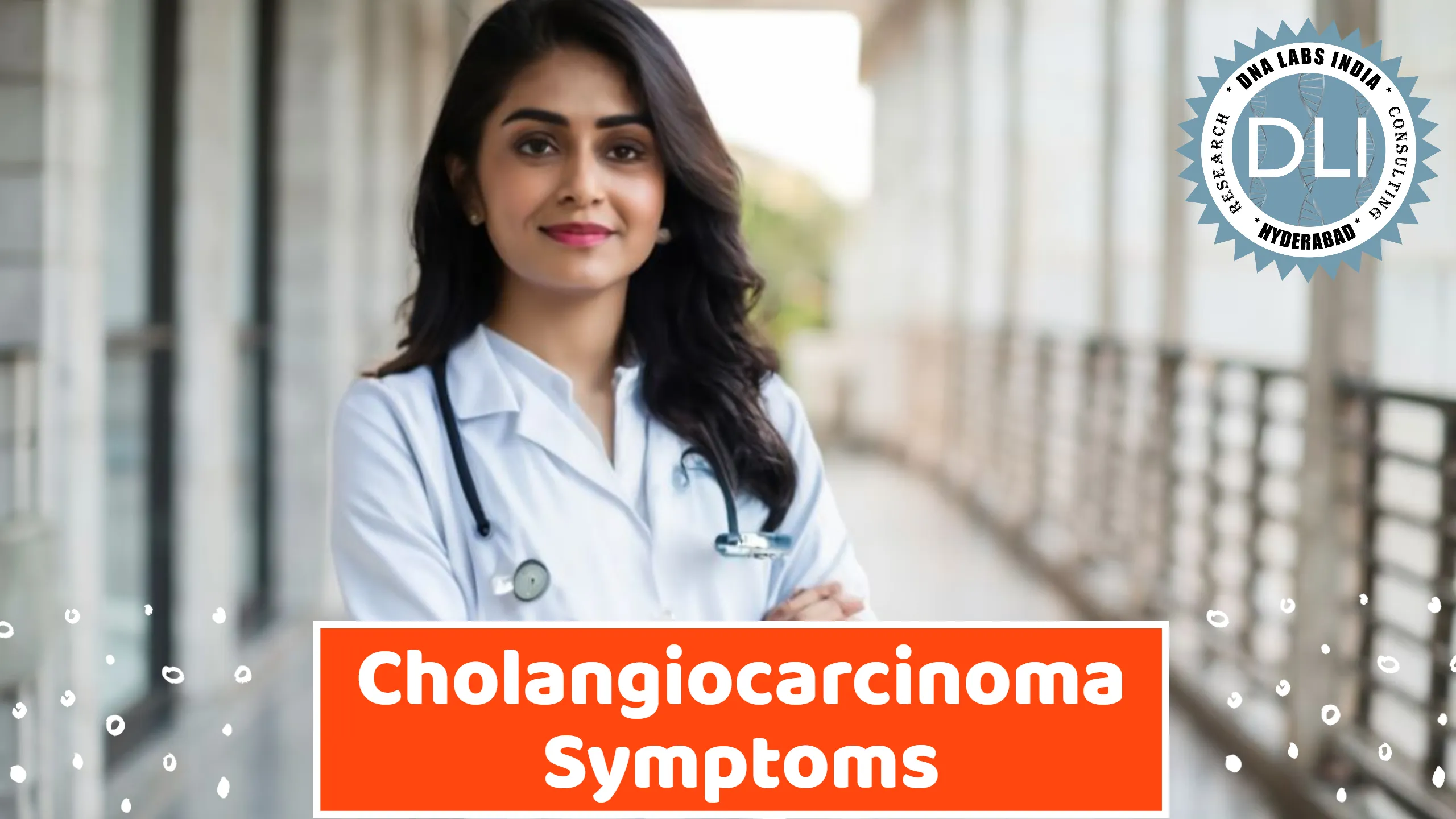Recognize the Signs, Protect Your Liver: Identifying Symptoms of Cholangiocarcinoma in India
Cholangiocarcinoma, commonly referred to as bile duct cancer, may seem like a complex diagnosis, but recognizing it early is critical for effective treatment and maintaining a positive prognosis in India. This guide provides crucial information on this form of cancer, empowering you to take an active role in managing your liver health.
Understanding Your Bile Ducts:
Picture a network of slender tubes that transport bile—a fluid that aids in digestion—from your liver and gallbladder to your small intestine. These are your bile ducts. Bile is essential for breaking down fats and removing toxins from the body. Cholangiocarcinoma develops from the abnormal growth of cells in the lining of these ducts. Though it is rare, detecting it early is key to managing the disease effectively.
The Importance of Early Detection:
Symptoms of cholangiocarcinoma are often subtle in the initial stages. However, recognizing these signs early on is crucial as it enables access to more effective treatments such as surgery, radiation therapy, or chemotherapy, and significantly enhances patient outcomes. Here’s why early detection is critical:
- Treatability is highest at early stages, leading to improved life quality and successful outcomes.
- Overlooking symptoms may result in late diagnosis, necessitating more complex treatment approaches. Being vigilant about the early signs and seeking timely medical consultation can help you manage your liver health effectively.
Signs Not to Overlook:
Be aware of these important symptoms of cholangiocarcinoma, especially if they last longer than two weeks:
- Jaundice: Characterized by a yellow tint to the skin and eyes, this symptom results from high levels of bilirubin, a by-product usually processed by the liver.
- Dark urine: Increased bilirubin levels may also cause your urine to appear unusually dark.
- Pale stools: A decrease in bile flow, which is crucial for digesting fats, may cause your stools to be light-colored.
- Abdominal pain: You might feel a continuous ache in the upper right side of your abdomen, which is where your liver and bile ducts are situated.
- Itchy skin: Accumulation of bile salts in the skin may lead to persistent itching.
Additional symptoms to be aware of include:
- Fever: A persistent fever could indicate an underlying issue such as cancer.
- Fatigue: Ongoing tiredness or low energy levels may be a symptom.
- Nausea and vomiting: These symptoms can arise from a blockage in the bile ducts.
- Unexplained weight loss: Cancer may cause a reduction in appetite or increased energy usage by the body. It’s essential to understand that not all individuals exhibiting these symptoms have cholangiocarcinoma. Nevertheless, any persistent or worrying changes in skin color, urine, stool, abdominal pain, or itching should be discussed with a doctor or a gastroenterologist (digestive system specialist). Early detection is paramount for effective treatment.
Empowerment Through Awareness and Proactive Health Measures:
While you cannot control certain risk factors like primary sclerosing cholangitis or genetic predisposition, here are steps you can take to support liver health:
- Maintain a Healthy Weight: Being overweight can heighten the risk of liver complications.
- Manage Diabetes: Keeping diabetes under control can prevent liver problems.
- Limit Alcohol Intake: High alcohol consumption can harm the liver.
- Get Vaccinated: Vaccinations against hepatitis B and C can reduce your risk of liver cancer.
- Practice Safe Sex: This prevents hepatitis B and C infections. Knowledge empowers you. By being informed about cholangiocarcinoma symptoms and taking proactive steps towards liver health, you significantly contribute to early detection and effective management of the disease. Do not hesitate to consult medical professionals if you notice any concerning symptoms. Early detection is essential for a healthier future.



